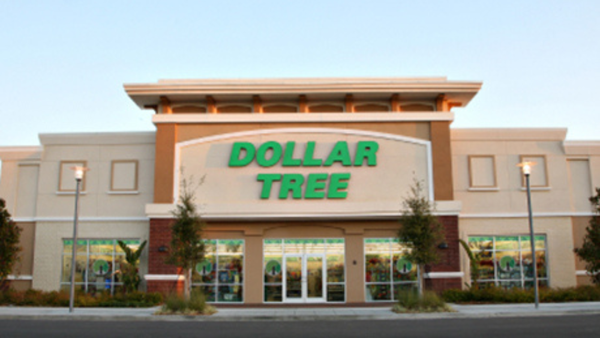
Retailers are navigating a challenging landscape marked by shifting consumer behaviors and economic pressures. Amid these dynamics, investors are increasingly focusing on dividend yields as a stable source of income, particularly in the volatile retail sector. This backdrop sets the stage for Kohl’s Corporation (NYSE:KSS) upcoming earnings announcement and its implications for dividend-seeking investors.
Kohl’s will release earnings results for the second quarter, before the opening bell on Wednesday, Aug. 27.
Analysts expect the company to report quarterly earnings at 30 cents per share, down from 59 cents per share in the year-ago period. Kohl’s projects to report quarterly revenue at $3.37 billion, compared to $3.52 billion a year earlier, according to data from Benzinga Pro.
On August 21, Telsey Advisory Group analyst Dana Telsey maintained a Market Perform rating for Kohl’s and a $9 price target.
With the recent buzz around Kohl’s, some investors may be eyeing potential gains from the company's dividends too. As of now, Kohl’s offers an annual dividend yield of 3.58%, which is a quarterly dividend amount of 12 cents per share (48 cents a year).
To figure out how to earn $500 monthly from Kohl’s, we start with the yearly target of $6,000 ($500 x 12 months).
Next, we take this amount and divide it by Kohl’s $0.50 dividend: $6,000 / $0.48 = 12,500 shares.
So, an investor would need to own approximately $174,375 worth of Kohl’s, or 12,500 shares to generate a monthly dividend income of $500.
Assuming a more conservative goal of $100 monthly ($1,200 annually), we do the same calculation: $1,200 / $0.48 = 2,500 shares, or $34,875 to generate a monthly dividend income of $100.
Note that dividend yield can change on a rolling basis, as the dividend payment and the stock price both fluctuate over time.
The dividend yield is calculated by dividing the annual dividend payment by the current stock price. As the stock price changes, the dividend yield will also change.
For example, if a stock pays an annual dividend of $2 and its current price is $50, its dividend yield would be 4%. However, if the stock price increases to $60, the dividend yield would decrease to 3.33% ($2/$60).
Conversely, if the stock price decreases to $40, the dividend yield would increase to 5% ($2/$40).
Further, the dividend payment itself can also change over time, which can also impact the dividend yield. If a company increases its dividend payment, the dividend yield will increase even if the stock price remains the same. Similarly, if a company decreases its dividend payment, the dividend yield will decrease.
KSS Price Action: Shares of Kohl’s rose by 0.4% to close at $13.95 on Monday.
Read More:
Photo: Shutterstock







